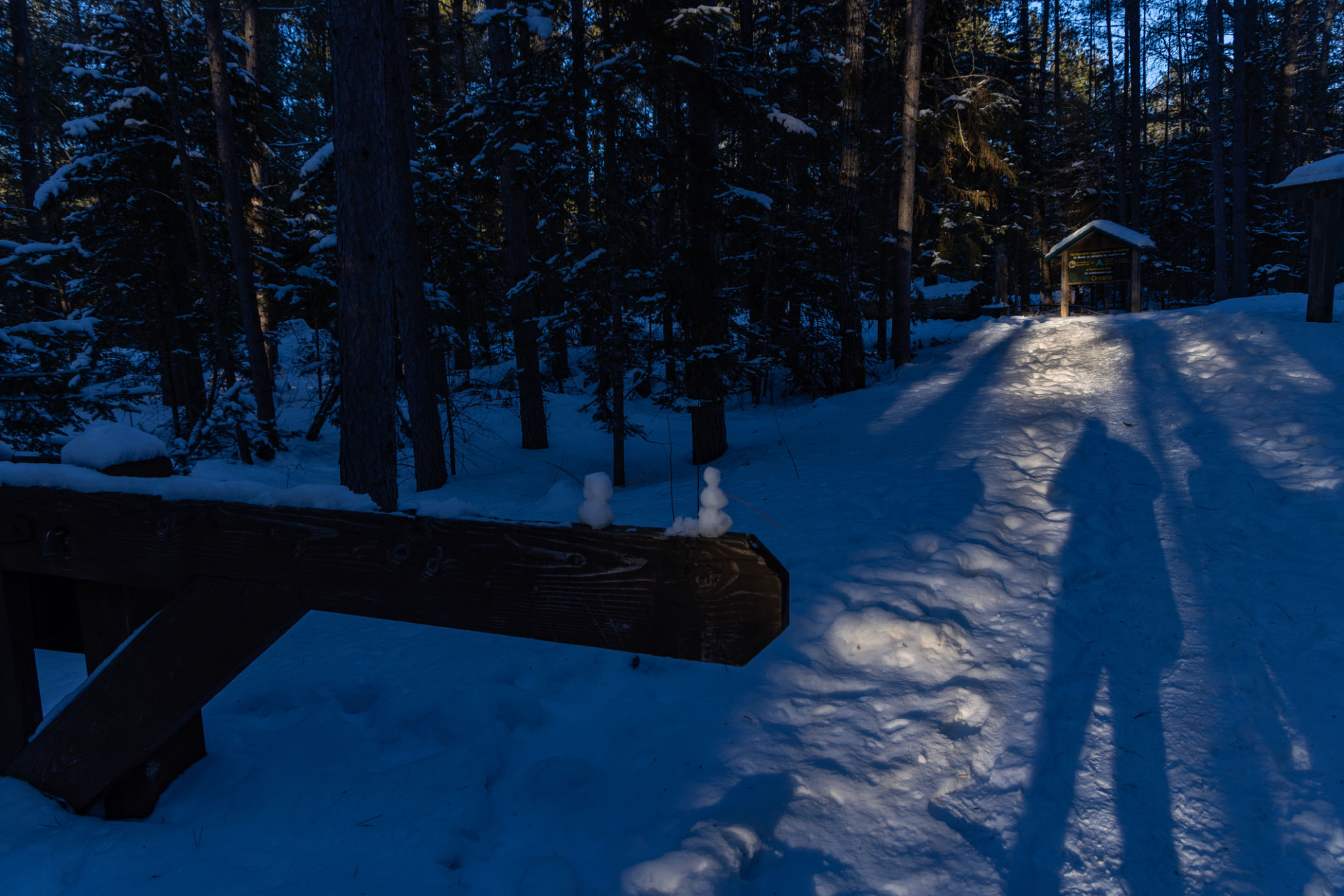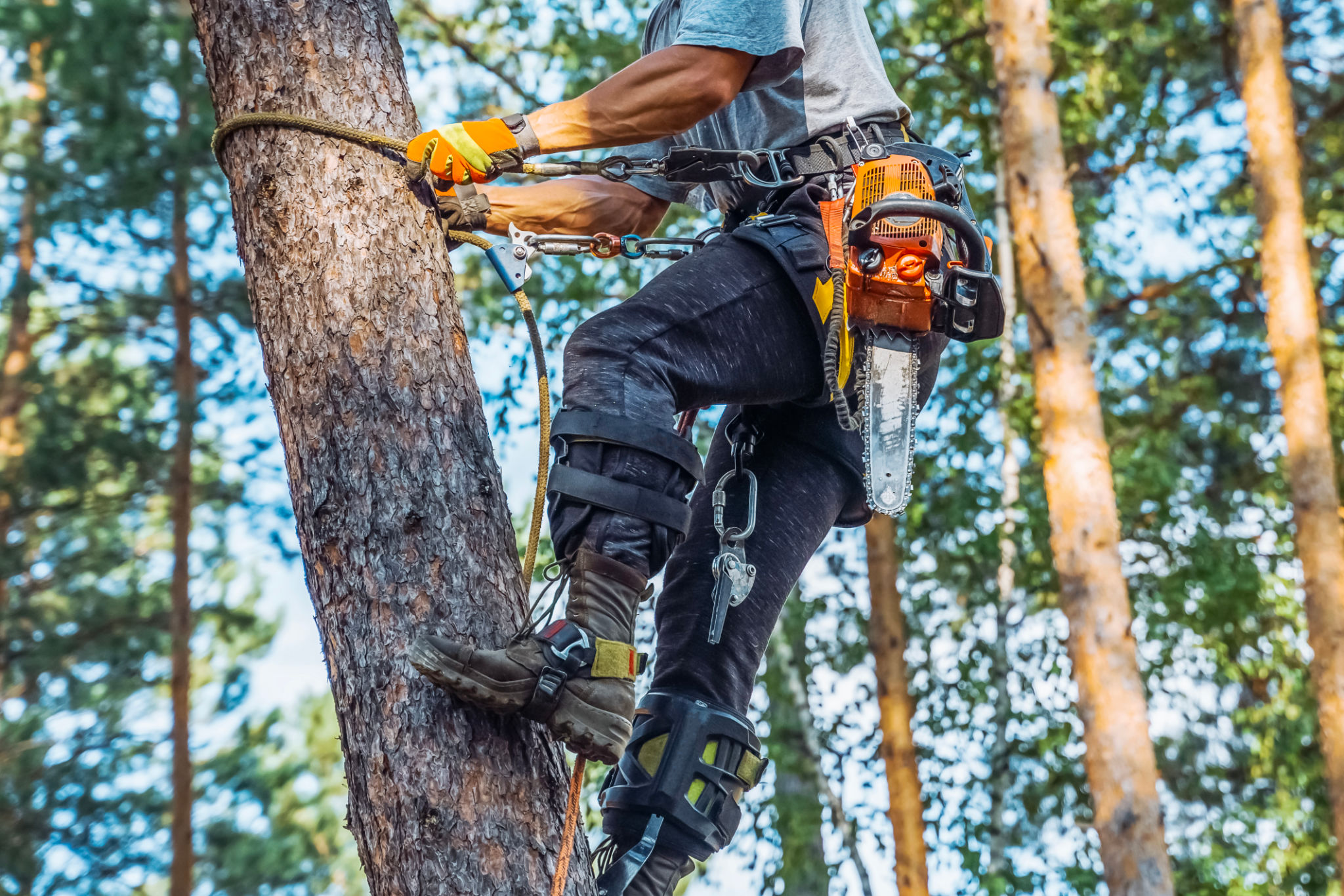The Ultimate Guide to Tree Trimming in Exeter, CA: Tips from the Pros
Why Tree Trimming is Essential
Tree trimming is not just about aesthetics; it's a vital practice for maintaining the health and safety of your trees and property. Regular pruning helps remove dead or diseased branches, preventing potential hazards during storms or high winds. It also encourages new growth and can improve the overall structure of the tree, ensuring it thrives for years to come.

In Exeter, CA, the climate plays a crucial role in how trees grow and respond to trimming. With hot summers and mild winters, understanding the specific needs of your local trees is essential for effective maintenance. Whether you're a homeowner or a professional landscaper, knowing when and how to trim can make all the difference.
When to Trim Your Trees
The timing of tree trimming is critical, as it can impact the health and growth of the tree. In general, late winter to early spring is the best time for most tree species, as they are still dormant and less susceptible to stress.
- Deciduous Trees: These should be pruned in late winter, just before new growth begins.
- Evergreens: Light trimming can be done year-round, but major pruning should occur in late winter or early spring.
- Fruit Trees: Prune in late winter for structure and to promote fruit production.

However, there are exceptions. If you notice any damaged or diseased branches, it's important to address these immediately, regardless of the season. Quick action can prevent further damage and potential safety hazards.
Tools of the Trade
Having the right tools is crucial for safe and effective tree trimming. Depending on the size and type of the tree, you may need a variety of tools to get the job done right. Here's a basic list of must-haves:
- Pruning Shears: Ideal for small branches and twigs.
- Loppers: Useful for cutting branches up to two inches thick.
- Pruning Saw: Necessary for larger branches that cannot be handled by loppers.
- Pole Pruner: Allows you to reach higher branches safely.

Safety gear is equally important. Always wear gloves, goggles, and a hard hat when working on larger trees. If you're uncertain about handling certain tools or reaching high branches, it's best to hire a professional arborist.
Hiring a Professional Arborist
While DIY tree trimming can be rewarding, some jobs are best left to the professionals. Arborists have the expertise and equipment necessary to tackle challenging tasks safely. They can also provide valuable insights into the health of your trees and recommend specific care strategies.
When hiring an arborist in Exeter, CA, ensure they are certified and have a good reputation in the community. Ask for references and check reviews to find a reliable expert who understands local tree species and their unique needs.

Caring for Your Trees Post-Trimming
After trimming your trees, ongoing care is essential to ensure they remain healthy and vibrant. Water your trees regularly, especially during dry spells, to help them recover from pruning. Mulching around the base can also retain moisture and suppress weeds that compete for nutrients.
Keep an eye on your trees for any signs of stress or disease. Early detection and intervention can prevent serious problems down the line. With proper care and attention, your trees will continue to enhance your property and contribute to Exeter's beautiful landscape for years to come.